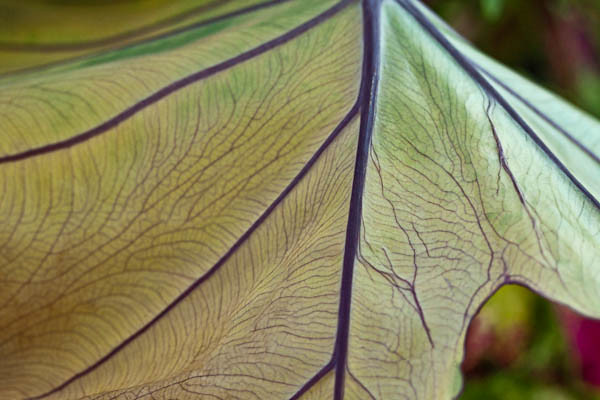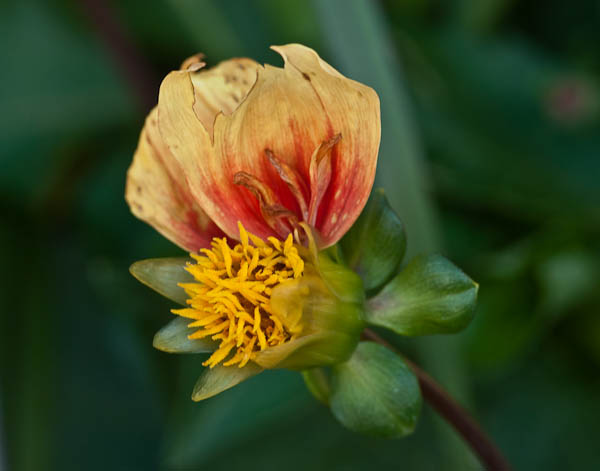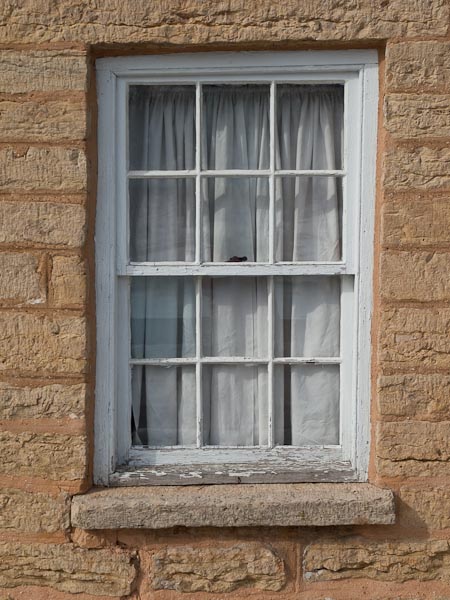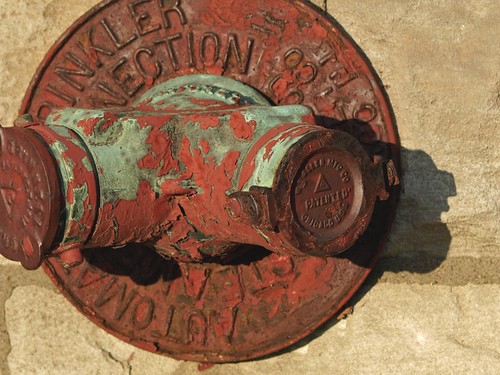
Tramadol Cheapest Online Wabi-Sabi Elephant Ear © 2011 Bo Mackison
https://www.circologhislandi.net/en/conferenze/ When suffering overwhelms me I will breathe in and leave an opening in this moment for the joy that lies just behind it. ~ Philip Martin
Buy Cheap Tramadol With Mastercard This is a dying leaf amidst all the other green leaves. And yet, I think it is one of the most beautiful in the garden, with its translucent creamy whites streaked with purple veining.
Order Cheap Tramadol Drooping towards the earth, the weight of the leaf is too heavy for its stem. But in letting go, in its slow motion drift towards the earth — which it will soon be a part of — it offers a certain grace, a dignity, and beauty — wabi-sabi beauty.
Order Tramadol Cod Overnight Delivery It’s a wabi-sabi kind of day.













